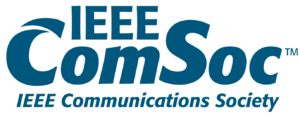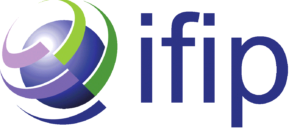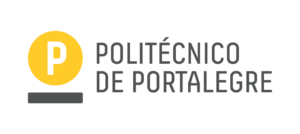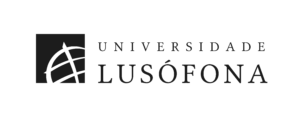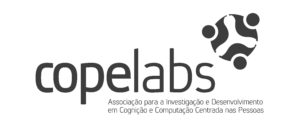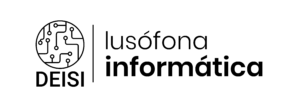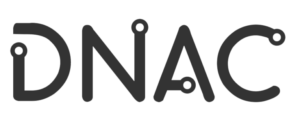CIoT 2023 Tutorials
Tutorials are intended to provide independent instruction (know-how) on a topic of relevance for the CIoT academic and practitioner community. Tutorials will run in parallel with other conference tracks, and participation in the tutorials is included in the attendees’ conference fee.
Tutorial #1
Title: From Smart Cities to Smart Living: Towards IoT Everywhere
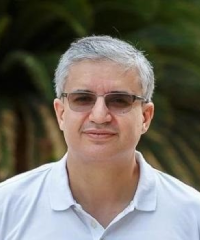
Mohamed-Slim Alouini
(KAUST, Saudi Arabia)
Bio: Mohamed-Slim Alouini was born in Tunis, Tunisia. He received the Ph.D. degree in Electrical Engineering from the California Institute of Technology (Caltech) in 1998. He served as a faculty member at the University of Minnesota then in the Texas A&M University at Qatar before joining in 2009 the King Abdullah University of Science and Technology (KAUST) where he is now a Distinguished Professor of Electrical and Computer Engineering. Prof. Alouini is a Fellow of the IEEE and of the OSA. He is currently particularly interested in addressing the technical challenges associated with the uneven distribution, access to, and use of information and communication technologies in far-flung, rural, low-density populations, low-income, and/or hard-to-reach areas.
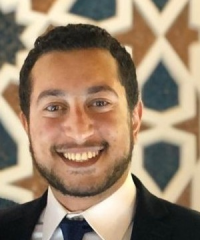
Mustafa Kishk
(Maynooth University, Ireland)
Bio: Mustafa A. Kishk received the B.Sc. and M.Sc. degrees from Cairo University, Giza, Egypt, in 2013 and 2015, respectively, and the Ph.D. degree from Virginia Tech, Blacksburg, VA, USA, in 2018. He is an assistant professor at the Electronic Engineering Department, Maynooth University, Ireland. Before that, he was a Postdoctoral Research Fellow with the Communication Theory Laboratory, King Abdullah University of Science and Technology, Thuwal, Saudi Arabia. His current research interests include stochastic geometry, energy harvesting wireless networks, UAV-enabled communication systems, and satellite communications.
Tutorial #2
Title: Towards the Internet of Lighting Things
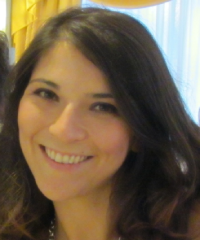
Anna Maria Vegni
(Roma Tre University, Italy)
Bio: Anna Maria Vegni has been a tenure-track assistant professor in the Department of Industrial, Electronic, and Mechanical Engineering at Roma Tre University (Italy), since 2020. She received the Ph.D. degree in biomedical engineering, electromagnetics and telecommunications from the Department of Applied Electronics, Roma Tre University, in 2010. She received the M.Sc. degree cum laude in electronics engineering from Roma Tre University in 2006. In 2009, she was a visiting researcher in the Multimedia Communication Laboratory, directed by Prof. Little, in the Department of Electrical and Computer Engineering, Boston University, Boston, MA, working on vehicular networking supported by heterogeneous wireless networks and Visible Light Communications. In 2021, she received the Italian Habilitation (Abilitazione Scientifica Nazionale) for a Full Professorship in telecommunication engineering. She has been involved in several European projects (H2020 Shift2Rail Alternative Bearers for Railway, COST Action CA19111 NEWFOCUS, FP7 ISITEP). She is involved in the organization of several IEEE and ACM international conferences and is a member of the editorial board of IEEE ComMag, JCN, Ad Hoc Networks, JNCA Elsevier journals, and ETT Wiley journal. She is Science Communication Manager for COST Action CA 19111 NEWFOCUS (2020-2024).
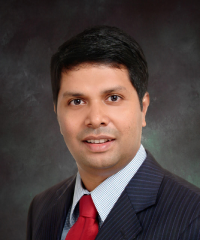
Himal A. Suraweera
(University of Peradeniya, Sri Lanka)
Bio: Himal A. Suraweera is a senior lecturer in the Department of Electrical and, Electronic Engineering, University of Peradeniya, Sri Lanka. He is in the editorial boards of IEEE Transactions on Communications and IEEE Open Journal of the Communications Society. Previously he has served as an editor for IEEE Communications Letters, IEEE Transactions on Wireless Communications and IEEE Transactions on Green Communications and Networking. He was a recipient/co-recipient of the IEEE ComSoC AP Outstanding Young Researcher Award in 2011 and the IEEE ComSoc Leonard G. Abraham Prize in 2017. His research interests include cooperative communications, systems, full-duplex wireless techniques, energy harvesting communications, massive MIMO systems, visible light communications and machine learning in wireless and optical communication systems.

Mauro Biagi
(Sapienza University of Rome, Italy)
Bio: Mauro Biagi received the Laurea degree in communication engineering and the Ph.D. degree in information and communication theory from the Sapienza University of Rome, Rome, Italy, in 2001 and 2005, respectively. Since 2006, he has been working as an Assistant Professor at the Department of Information, Electronics and Telecommunications Engineering, Sapienza University of Rome, where he has been an Associate Professor, since 2015. In 2010, he was a Visiting Assistant Professor with the Department of Electrical and Computer Engineering, University of British Columbia, Vancouver, BC, Canada. He is responsible for the international cooperation with colleagues in different countries and his research activities are in the field of visible light communications in the RGB-Comm Laboratory where he advises Ph.D. students and postdocs leading projects in the area of optical wireless.
He is also responsible for the research activities in the field of underwater communications in the AMOUR-AQUA Laboratory for activities involving both acoustic and optical communications. He is the author of more than 150 published works in the field of communication and signal processing. His research interests include MIMO systems, the Internet of Things, underwater communications, smart grids, and optical wireless systems and on this latter topic, he organized several IEEE workshops and tracks in conferences. He is currently a member of the IEEE Communications Society Technical Committee on Power Line Communications, Cybersecurity, and the IEEE Communications Society Transmission Access on Optical Systems, where he has been serving as a Secretary, since 2021.
He served as an Associate Editor for the IEEE PHOTONICS TECHNOLOGY LETTERS and a Guest Editor for the IEEE JOURNAL OF SELECTED AREAS IN COMMUNICATIONS for a Special Issue entitled Localisation, Communication and Networking with VLC, 2018. Since 2021, he has been an Associate Editor of the IEEE/OPTICA JOURNAL OF LIGHTWAVE TECHNOLOGY.








